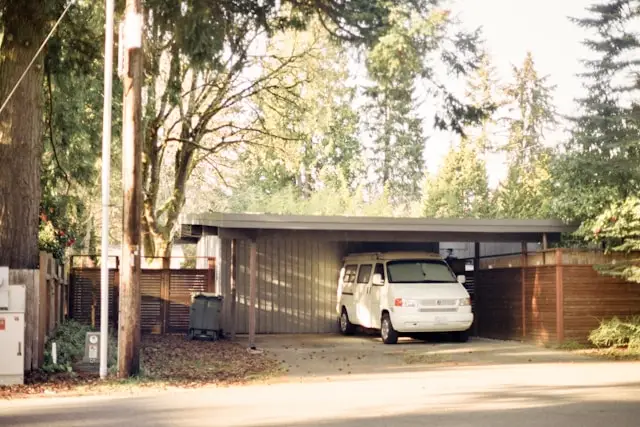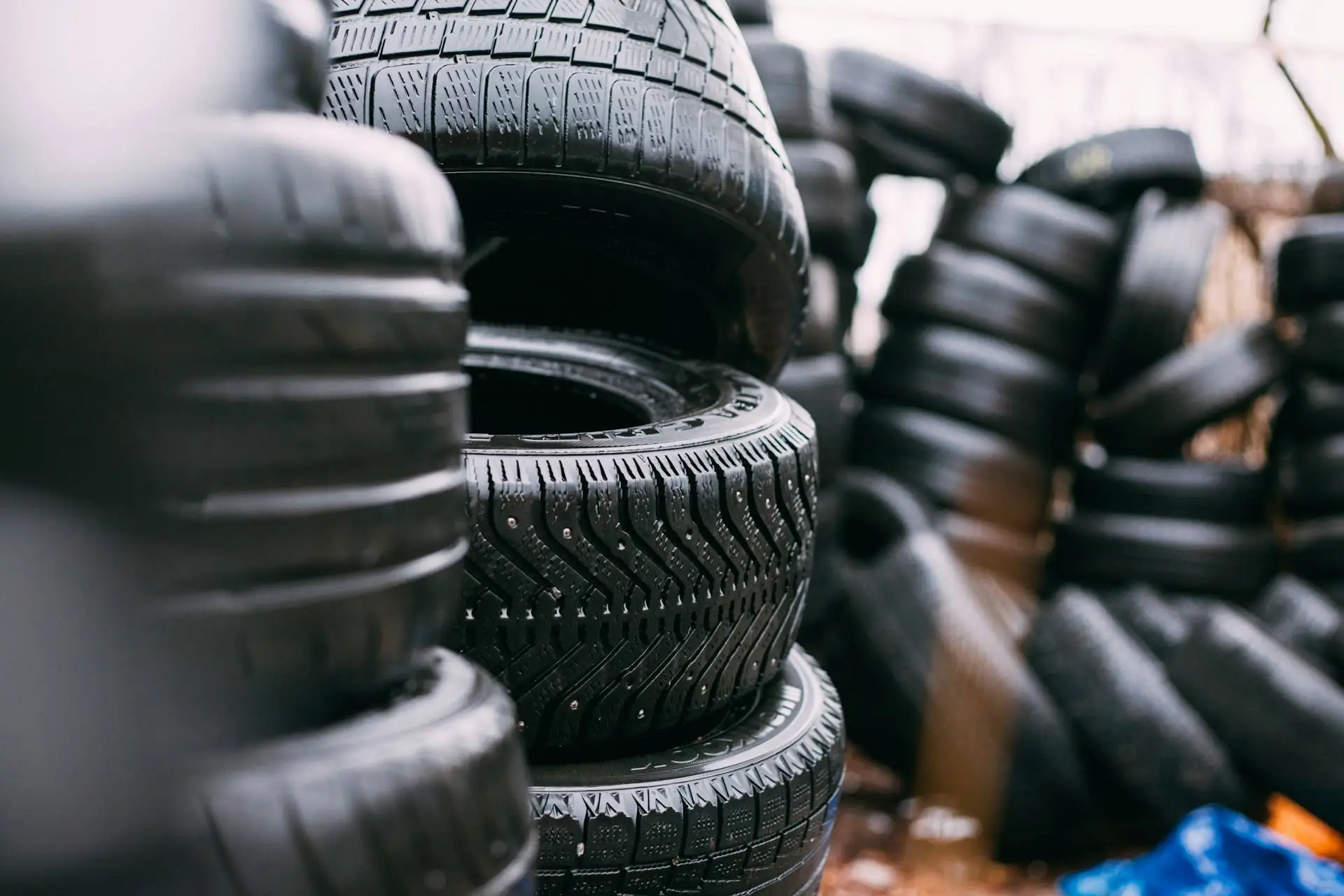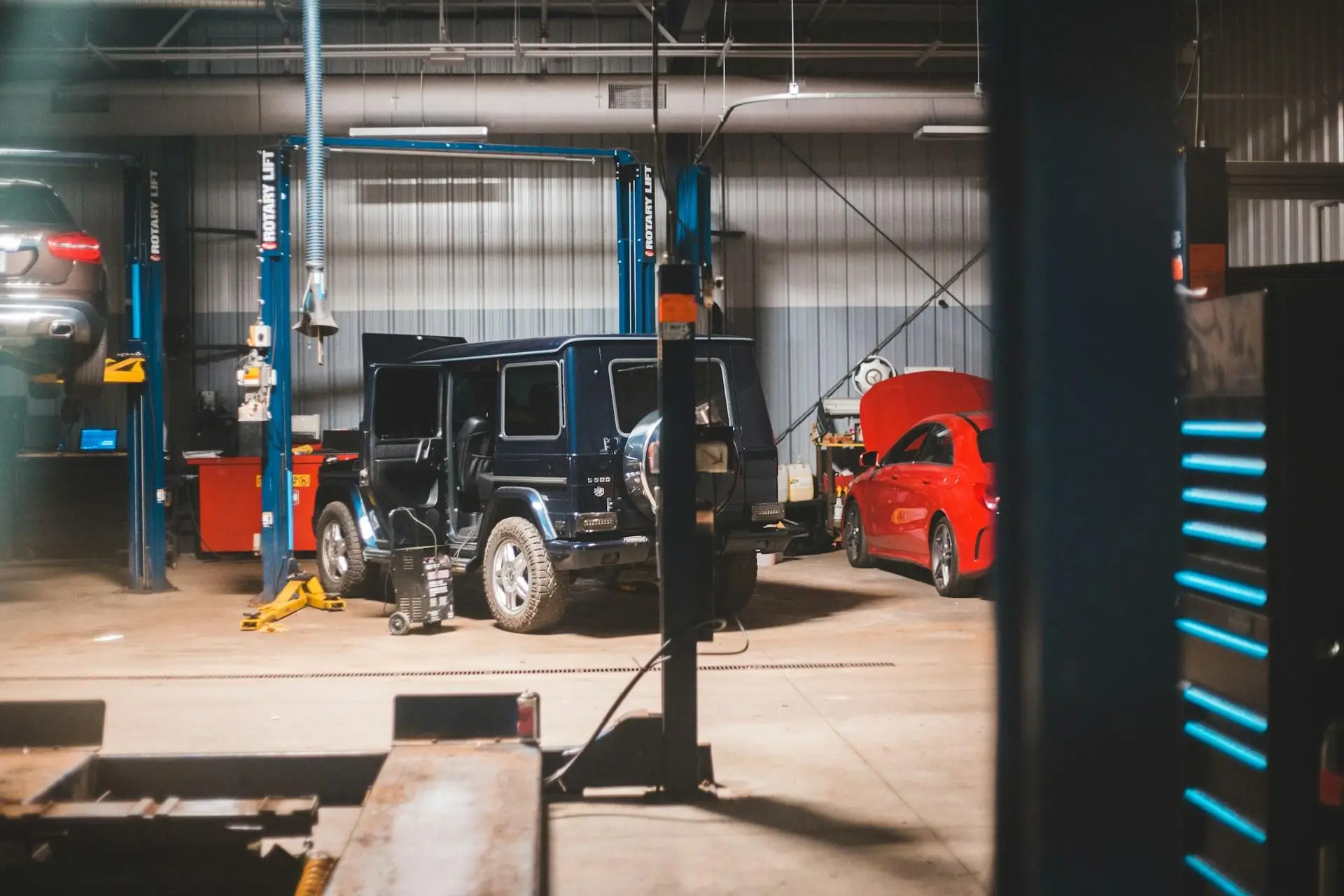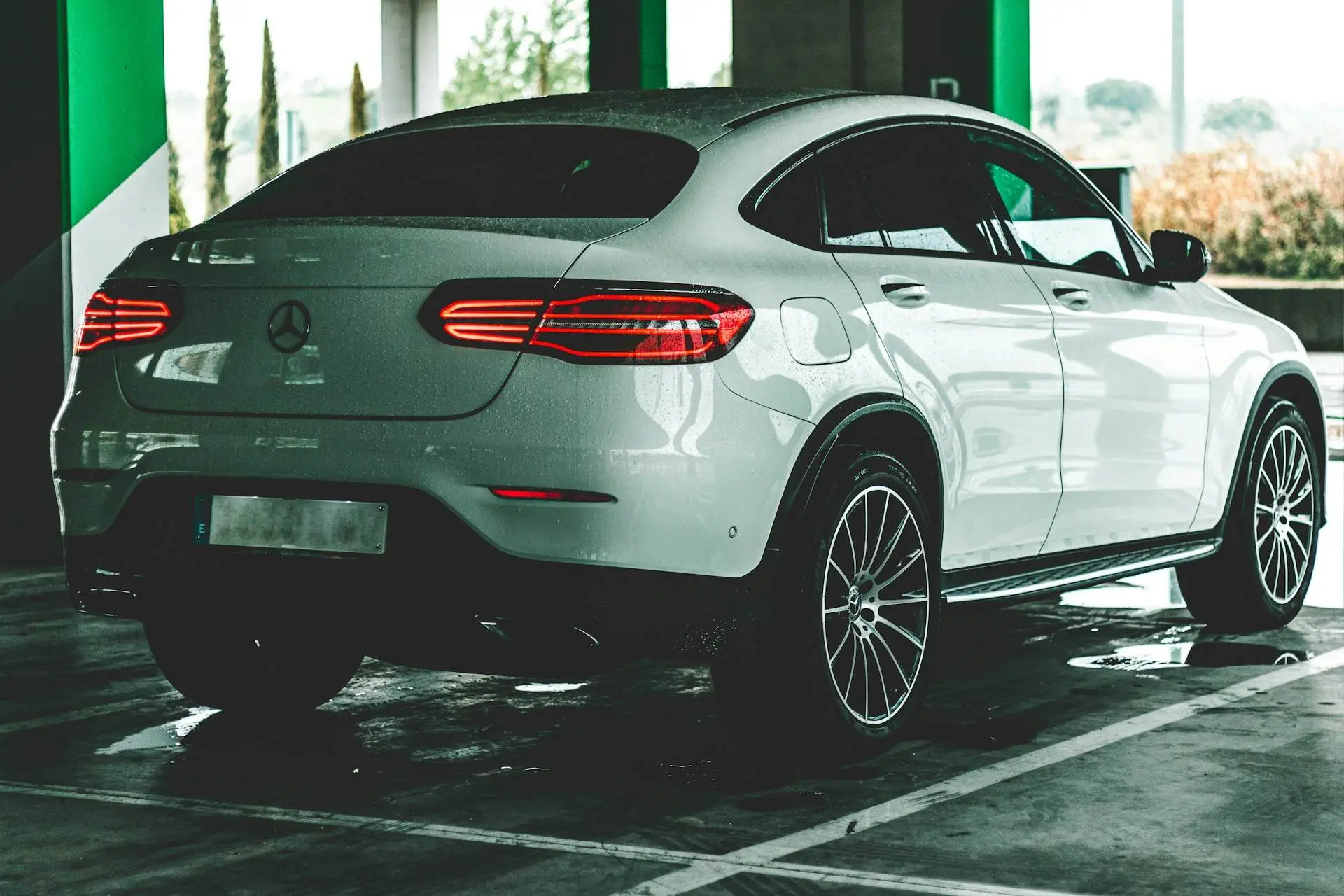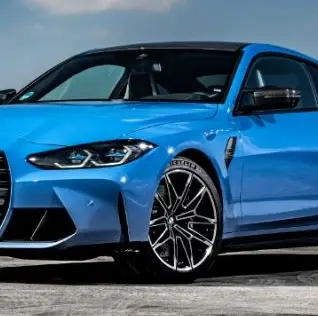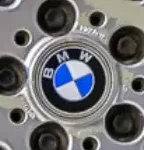Why park your car under a carport? Benefits
Parking your car under a carport offers many advantages, both in terms of vehicle protection and user comfort. Here's a detailed analysis of the benefits of parking your car under a low-cost carport.
1. Weather protection
One of the main advantages of a carport is weather protection.
A shelter protects your car from precipitation, preventing snow and ice build-up in winter, and preventing rust caused by water.
In the event of a hailstorm hail storma shelter can prevent costly damage to your vehicle's bodywork and windows.
The sun can damage your car's paintwork and interior.
A shelter blocks UV rays, preserving the color and quality of interior materials.
2. Reduces interior heat
Keeping your car under cover considerably reduces the heat inside the vehicle, especially in summer.
A shelter prevents heat build-up due to direct exposure to the sun. This makes the car's interior more comfortable and reduces the degradation of electronic components and interior materials.
3. Preserve your vehicle's value
A low-cost carport helps maintain the value of your vehicle.
Protection against UV rays, rain and snow keeps your car's paintwork in top condition, reducing the need for costly touch-ups.
This solution prevents damage caused by hail, tree branches and other debris.
4. Increased security
A carport can also offer a degree of security against theft and vandalism.
A vehicle parked under a shelter is less visible, reducing the risk of theft.
A shelter adds a layer of physical protection that can deter vandals and thieves.
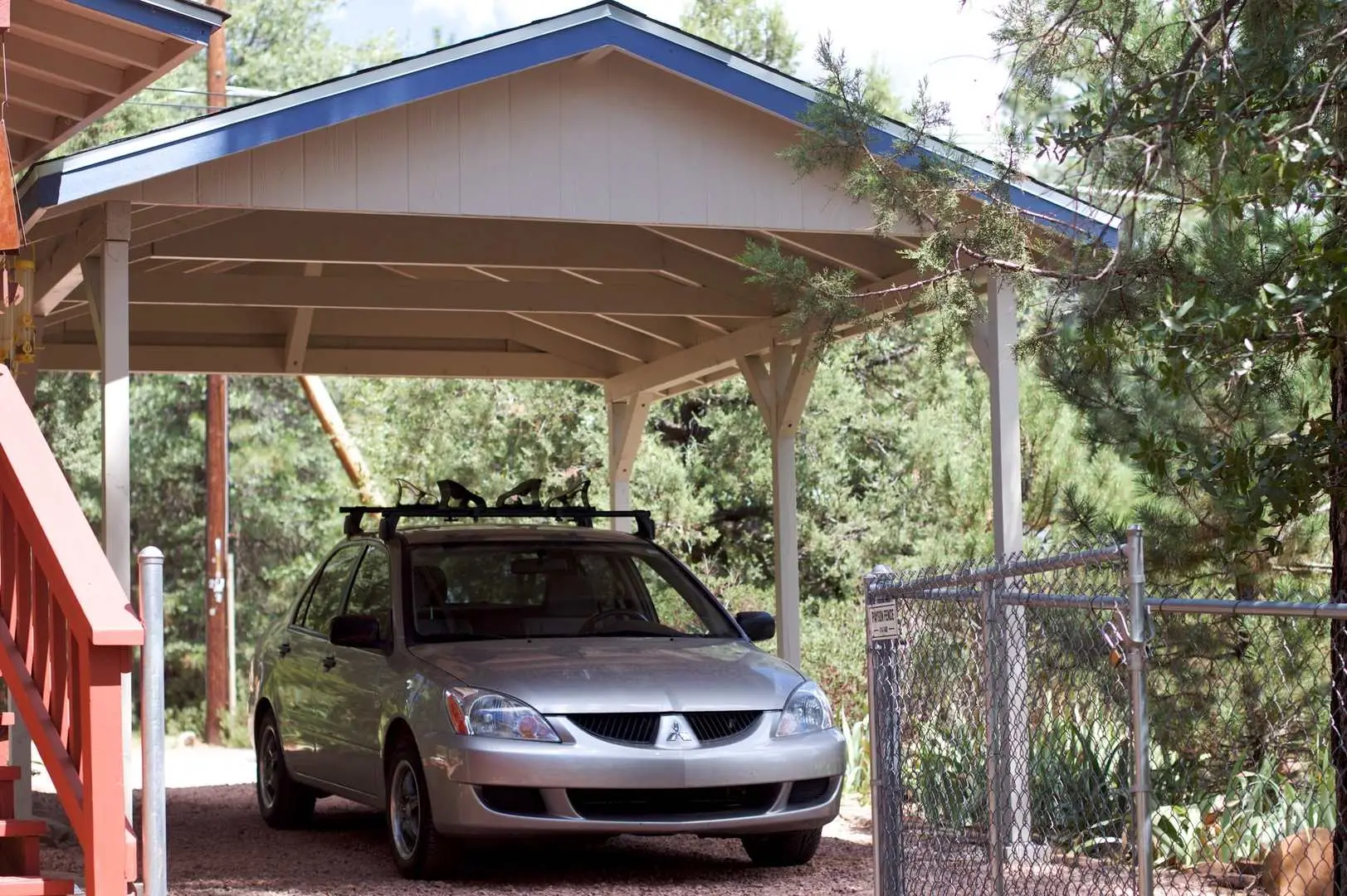
Different types of low-cost carports
There are several types of inexpensive carport, each with its own features and benefits. Here's an overview of the options available.
Canvas carports
Canvas carports are among the most affordable and easy to install.
- Features: Lightweight structures with weather-resistant canvas. Available in various sizes and colors.
- Advantages: Easy to assemble and dismantle, ideal for temporary or seasonal use.
- Disadvantages: Less durable than rigid structures, requiring regular maintenance to prevent fabric degradation.
Aluminum carport
Aluminum carports are a popular option for those looking for durable shelter at a reasonable cost.
- Features: Corrosion-resistant aluminum structure with polycarbonate or metal roof.
- Advantages: Lightweight, weather-resistant and low-maintenance. Aluminum doesn't rust and is very durable.
- Disadvantages: Less aesthetic than wood, but more functional for practical use.
Galvanized steel carport
Galvanized steel carports offer superior strength and durability.
- Features: Galvanized steel structure with rust protection. Often accompanied by corrugated metal or polycarbonate roofs.
- Advantages: Very robust and weather-resistant, ideal for harsh climatic conditions.
- Disadvantages: Heavier and require more complex installation, often with a concrete base.
Wooden carport
Wooden carports are aesthetically pleasing and can blend in perfectly with the garden.
- Features: Weather-resistant treated wood structures, with tiled or shingled roofs.
- Advantages: Aesthetically pleasing, can be customized and painted to match the environment.
- Disadvantages: Requires regular maintenance to prevent rot and insect infestation. More expensive than other options.
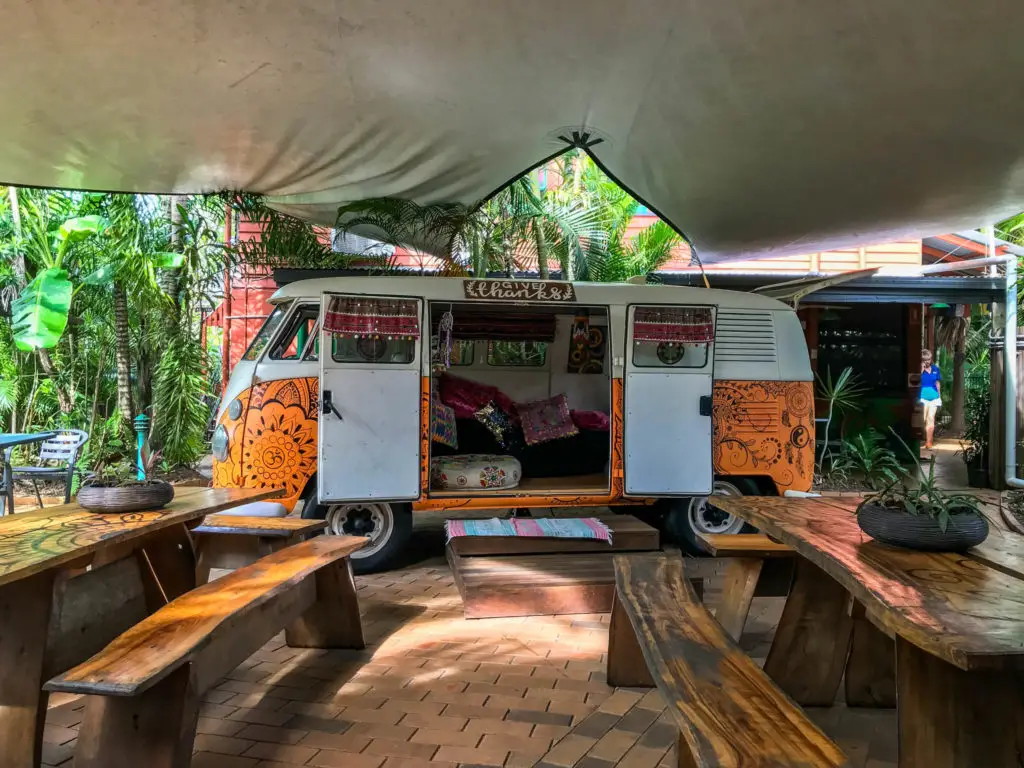
Comparison of materials for an inexpensive carport
The choice of materials is crucial to the durability and efficiency of a low-cost carport. Here's a comparison of commonly used materials.
1. Aluminum
Aluminum is a popular material for carports thanks to its lightness and resistance to corrosion.
- Durability: Highly resistant to weathering and corrosion. Long service life without major maintenance.
- Cost: Relatively affordable, especially for basic carports.
- Aesthetics: Modern and functional, but can be less attractive than wood.
2. Galvanized steel
Galvanized steel offers exceptional strength and durability, ideal for shelters requiring maximum protection.
- Durability: Extremely robust and rust-resistant thanks to galvanized coating. Can last several decades.
- Cost: More expensive than aluminum, but justified by its greater durability.
- Aesthetics: Industrial, may be less attractive in a residential setting.
3. Treated wood
Treated wood is chosen for its natural appearance and ability to blend into residential environments.
- Durability: Weather- and insect-resistant with regular maintenance. Durability depends on the type of treatment applied.
- Cost: Generally higher than aluminum and steel, due to treatment and maintenance costs.
- Aesthetics: Very attractive, blends well into gardens and residential spaces. Can be painted or stained to match the aesthetics of the house.
4. Polycarbonate
Polycarbonate is often used for shelter roofs because of its transparency and impact resistance.
- Durability: Highly resistant to impact and UV rays. May fade over time if not treated against UV.
- Cost: Moderate, depending on material thickness and quality.
- Aesthetics: Transparent or translucent, allows light to penetrate while offering protection against the elements.
How to install an inexpensive carport?
Installing a low-cost carport requires careful planning and execution. Here are the key steps to successful installation.
1. Site preparation
Choose a suitable location and prepare the site for installation.
Select a flat, stable area, preferably with compacted soil to ensure the stability of the structure.
Clear the area of any vegetation, stones or debris that could interfere with the installation.
2. Assembling the structure
Follow the manufacturer's instructions for assembling the shelter structure.
Start by assembling the base of the structure, checking that all components are level.
Assemble the posts and beams according to the instructions. Use the screws and bolts supplied to secure the parts.
Make sure the structure is stable before installing the roof.
3. Roof installation
Attach the roof to the structure according to the manufacturer's instructions.
If you're using a canvas roof, fasten it securely to the posts using the straps or hooks supplied.
For polycarbonate or metal roofs, fasten the panels to the frame with appropriate screws or clips. Make sure the joints are watertight to prevent water leaks.
4. Anchoring to the ground
To ensure the shelter's stability, anchor the structure to the ground.
Use steel anchors or stakes to secure the posts to the ground. Drive them in deeply to ensure a firm hold.
For a permanent installation, you can pour concrete bases around the posts. Make sure the posts are aligned and level before the concrete hardens.
Once installation is complete, check that all components are securely fastened and that the structure is stable.
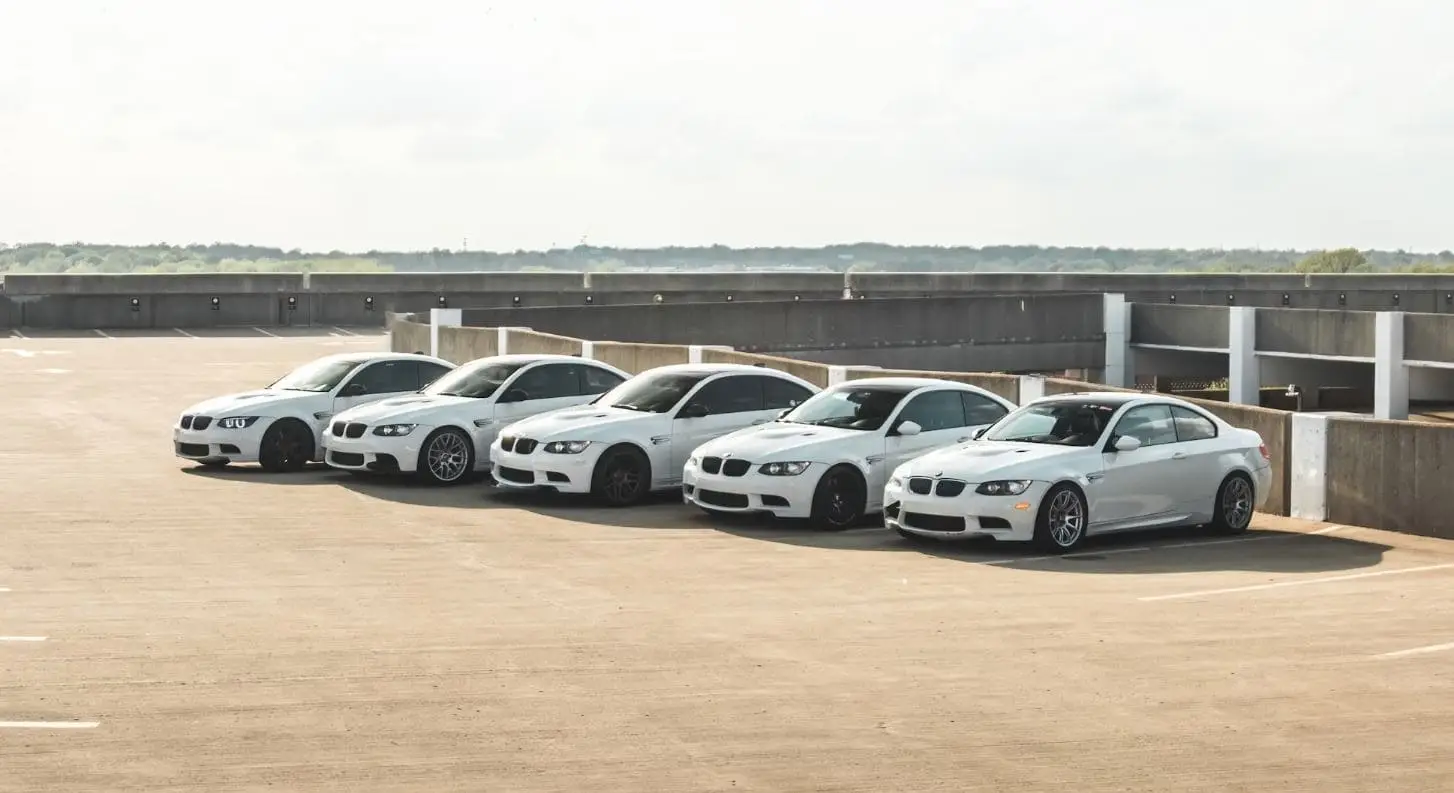
The best brands of cheap carports
Sojag : Known for its steel and aluminum carports, Sojag offers durable, affordable products. Their carports are easy to assemble and weather-resistant.
Palram : Specializing in polycarbonate shelters, Palram offers lightweight, UV-resistant structures at competitive prices. Their products are appreciated for their quality and durability.
VidaXL : VidaXL offers a wide range of canvas and metal carports at very attractive prices. Ideal for those looking for temporary or seasonal solutions.
ShelterLogic : This brand is renowned for its sturdy, easy-to-install canvas shelters, perfect for economical seasonal protection.
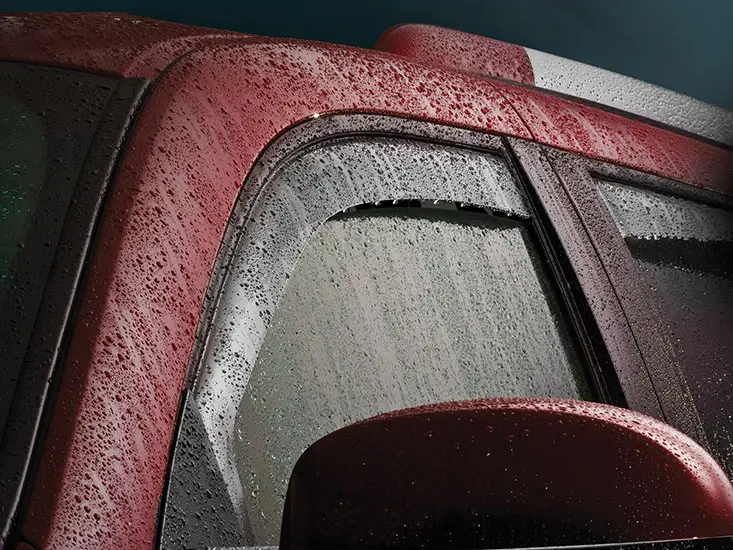
Where can I buy a cheap carport?

Affordable carport FAQ
What is the average lifespan of a low-cost carport?
The lifespan of a low-cost carport depends on material and maintenance. In general, a canvas carport can last between 5 and 10 years, while a metal or polycarbonate carport can last from 10 to 20 years with proper maintenance.
Can an inexpensive carport withstand strong winds?
Yes, but it depends on the type of shelter and its installation. Galvanized steel or aluminum shelters are generally more resistant to strong winds than canvas ones. Be sure to anchor the shelter firmly to the ground to improve its weather resistance.
Do I need planning permission to install an inexpensive carport?
In France, no planning permission is required for shelters under 20 m². However, it is advisable to check local regulations with your local town hall, as prior declarations may be required depending on the commune.
Can an inexpensive carport be installed on any type of ground?
Yes, but it's best to install the shelter on stable, level ground. Concrete or compacted gravel provide a solid base. If the ground is soft, additional anchors or a concrete base may be required to ensure the shelter's stability.
Are inexpensive carports easy to move?
Canvas shelters are generally easy to dismantle and move. Metal or aluminum shelters can also be moved, but this requires more time and effort. Shelters on concrete bases are more difficult to move.
Can a cheap carport be used for other purposes?
Yes, a cheap carport can also be used to store gardening equipment, bicycles, tools, or as a temporary outdoor workspace. Its versatility depends on its size and design.
How can I protect a cheap carport against rust?
For metal shelters, choose galvanized or aluminum models, as they are naturally rust-resistant. Apply protective coatings regularly and inspect fastening points to prevent corrosion.

